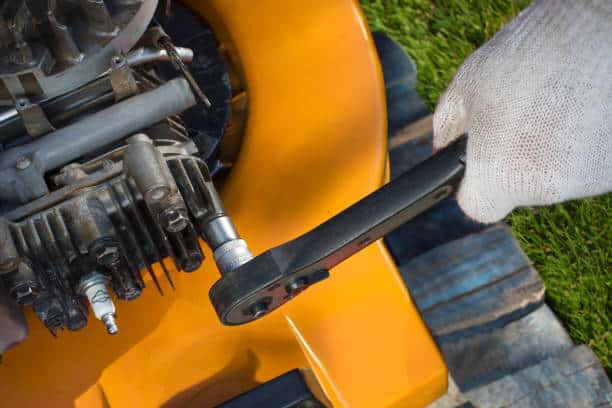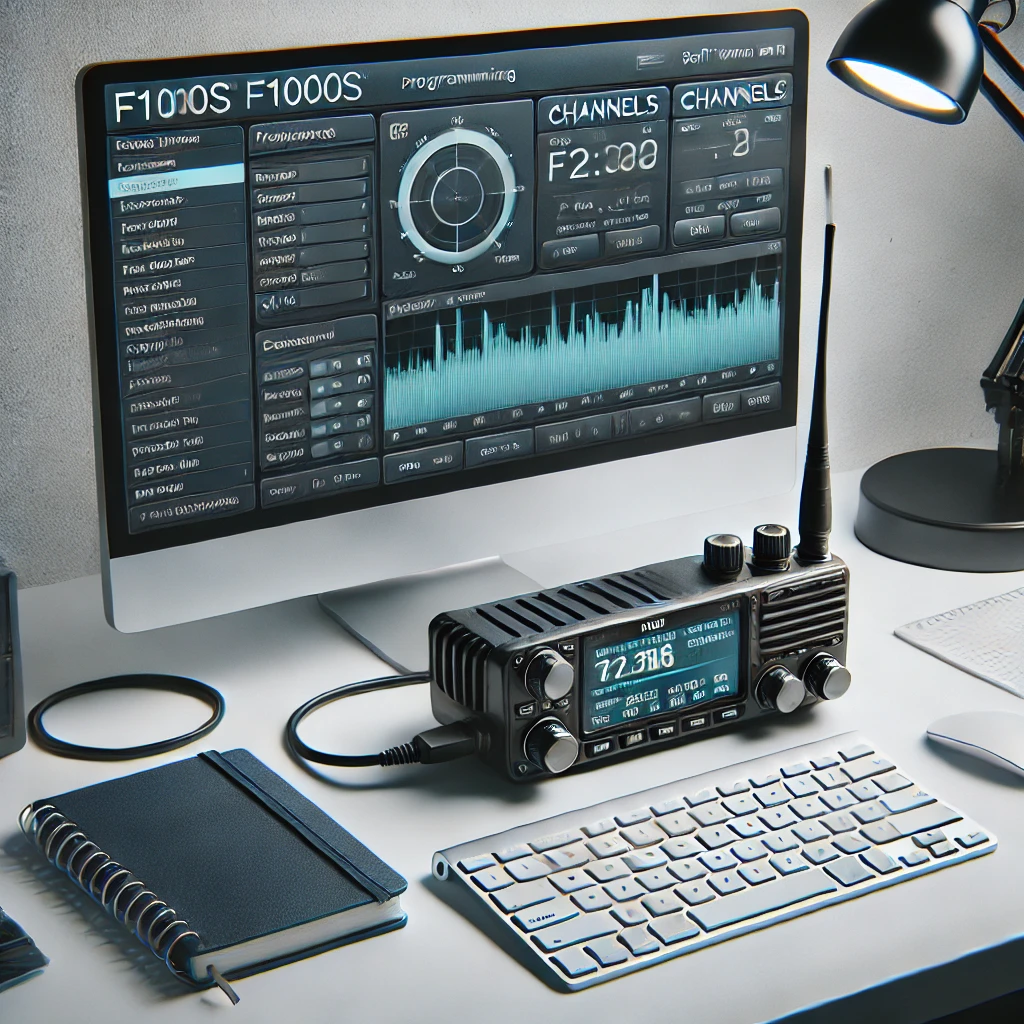Introduction
Ryobi lawn mowers are popular for their durability, efficiency, and innovative design, making lawn care a breeze. However, like any equipment, they occasionally require maintenance and repair. Repairing your own Ryobi lawn mower can save you money, extend the life of your mower, and provide a sense of accomplishment. With the right tools, materials, and a bit of know-how, you can tackle common issues and keep your mower running smoothly. Let’s explore the essentials of Ryobi lawn mower repair.
Tools and Materials Needed
Before diving into any repair work, it’s crucial to gather all the necessary tools and safety equipment. Having the right tools on hand ensures that you can perform repairs efficiently and safely. Below is a comprehensive list of essential tools and materials you’ll need for most Ryobi lawn mower repairs.
List of Essential Tools
- Screwdrivers: Both flathead and Phillips screwdrivers are essential for removing and tightening screws on various mower components.
- Socket Set: A socket set with a range of sizes will help you handle different nuts and bolts.
- Pliers: Needle-nose and standard pliers are useful for gripping and manipulating small parts.
- Wrenches: Adjustable and fixed wrenches are necessary for loosening and tightening nuts and bolts.
- Allen Wrenches: These are often required for specific screws and bolts on Ryobi mowers.
- Utility Knife: Useful for cutting and stripping wires or materials.
- Multimeter: Essential for diagnosing electrical issues in your mower.
- Spark Plug Wrench: Specifically designed for removing and installing spark plugs.
Safety Equipment
- Safety Glasses: Protect your eyes from debris and splashes.
- Gloves: Protect your hands from cuts, scrapes, and chemicals.
- Hearing Protection: If you’re using power tools, ear protection can prevent hearing damage.
- Work Boots: Durable footwear with good grip to prevent slips and protect your feet.
Having these tools and safety equipment ready will prepare you for any repair task, ensuring you can work safely and effectively on your Ryobi lawn mower.
Step-by-Step Repair Guide

Maintaining your Ryobi lawn mower requires understanding common issues and knowing how to fix them. This guide will take you through diagnosing common problems, fixing a non-starting engine, adjusting and replacing mower blades, and addressing battery issues.
Diagnosing Common Issues
Before you can fix any problem, you need to diagnose it correctly. Here are some common issues and how to identify them:
- Non-Starting Engine: Check if the spark plug is dirty or disconnected. Listen for any unusual sounds that might indicate engine trouble.
- Uneven Cutting: Inspect the mower blades for dullness or damage. Check if the deck is level.
- Battery Problems: Ensure the battery is fully charged. Look for corrosion on the terminals.
- Poor Performance: Check for clogged air filters, dirty fuel filters, or old fuel.
Fixing a Non-Starting Engine
A non-starting engine is a common issue that can often be resolved with a few simple steps:
- Check the Spark Plug:
- Remove the spark plug using a spark plug wrench.
- Inspect the spark plug for dirt, wear, or damage.
- Clean or replace the spark plug if necessary.
- Inspect the Fuel System:
- Ensure the fuel tank has fresh fuel.
- Check the fuel lines for clogs or leaks.
- Replace the fuel filter if it’s dirty.
- Examine the Air Filter:
- Remove the air filter cover.
- Clean or replace the air filter if it’s dirty.
- Test the Ignition System:
- Use a multimeter to check for continuity in the ignition coil.
- Replace the ignition coil if it’s faulty.
Adjusting and Replacing Mower Blades
Proper blade maintenance ensures a clean cut and extends the life of your mower:
- Adjusting the Blades:
- Turn off the mower and disconnect the spark plug.
- Tilt the mower to access the blades (use a block to stabilize the mower).
- Check the blade height adjustment levers and set them to the desired height.
- Replacing the Blades:
- Remove the blade mounting bolt with a socket wrench.
- Carefully remove the old blade.
- Align the new blade and tighten the mounting bolt securely.
- Ensure the blade is balanced to prevent vibrations.
Addressing Battery Issues
Battery-powered Ryobi mowers are convenient but can face battery issues:
- Check the Battery Charge:
- Connect the battery to the charger and ensure it charges fully.
- If the battery doesn’t charge, test the charger with a multimeter.
- Replace the charger if it’s faulty.
- Inspect the Battery Terminals:
- Look for corrosion on the battery terminals.
- Clean the terminals with a wire brush and baking soda solution.
- Test the Battery Voltage:
- Use a multimeter to check the battery voltage.
- Replace the battery if the voltage is significantly lower than the rated capacity.
By following these steps, you can effectively diagnose and repair common issues with your Ryobi lawn mower. Regular maintenance and timely repairs will keep your mower running smoothly and efficiently, ensuring your lawn always looks its best.
Maintenance Tips
Keeping your Ryobi lawn mower in top condition requires regular maintenance and care. By following a few simple tips and adhering to a seasonal maintenance checklist, you can ensure your mower operates efficiently and lasts for years.
How to Keep Your Mower in Top Condition
- Regular Cleaning:
- After each use, clean the mower deck and blades to remove grass clippings and debris.
- Wipe down the exterior to prevent dirt build-up and corrosion.
- Blade Maintenance:
- Sharpen the mower blades regularly to ensure a clean cut.
- Replace blades that show signs of wear or damage.
- Oil Changes:
- For gas-powered mowers, change the engine oil according to the manufacturer’s recommendations.
- Use high-quality oil to ensure optimal engine performance.
- Check the Air Filter:
- Clean or replace the air filter regularly to maintain proper airflow and engine efficiency.
- Inspect Belts and Cables:
- Check for frayed or worn belts and cables.
- Replace any components that show signs of wear to prevent breakdowns.
- Battery Care:
- For battery-powered mowers, keep the battery charged and store it in a cool, dry place during the off-season.
- Inspect battery terminals for corrosion and clean them as needed.
Seasonal Maintenance Checklist
Spring:
- Inspect the mower for any damage or wear from the previous season.
- Replace the spark plug and change the oil in gas-powered models.
- Sharpen or replace mower blades.
- Check tire pressure and inflate if necessary.
Summer:
- Clean the mower deck regularly to prevent grass build-up.
- Monitor the condition of the blades and sharpen as needed.
- Ensure the air filter is clean for optimal performance.
Fall:
- Thoroughly clean the mower before storage.
- Drain the fuel tank or add a fuel stabilizer to prevent engine issues.
- Inspect and clean the battery, storing it in a cool, dry place.
Winter:
- Store the mower in a dry, sheltered area.
- Cover the mower to protect it from dust and moisture.
- Perform any needed repairs or part replacements in preparation for the next season.
Conclusion
Recap of Steps:
- Diagnosing common issues is the first step in maintaining your Ryobi lawn mower.
- Fixing a non-starting engine involves checking the spark plug, fuel system, air filter, and ignition system.
- Adjusting and replacing mower blades ensures efficient cutting and prolongs the mower’s life.
- Addressing battery issues involves checking the charge, cleaning terminals, and testing voltage.
- Regular maintenance and following a seasonal checklist are essential for keeping your mower in top condition.
For more complex repairs, consult the Ryobi user manual or seek assistance from a professional technician. Online forums and video tutorials can also provide valuable insights and step-by-step guides for tackling more advanced issues.
By following these tips and guidelines, you can ensure your Ryobi lawn mower remains reliable and efficient, providing you with a beautifully maintained lawn season after season.











Leave a Reply